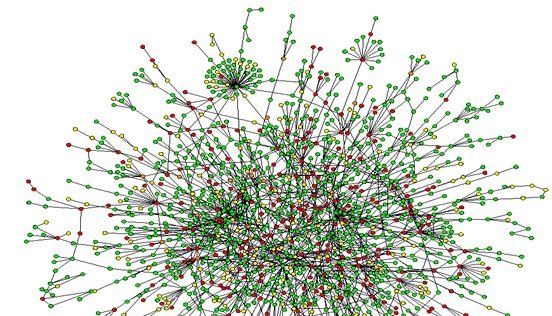I have written about TM Forum SID before in What is wrong with TM Forum SID? My criticisms were focused on deficiencies in behavioral modeling. In this article, I turn my attention to the structural model itself.
Let’s start with the concept of Resource. SID defines a model for resources to represent communications network functions. [GB922 Logical and Compound Resource R14.5.0 §1.1.2] This approach seems self-evident. So far, so good. (My intent is not to evaluate how effective the SID resource model is in achieving its goal.)
When we examine the concept of Service, we run into difficulties. In [GB922 Service Overview R14.5.0 §1.1.3], this overview of “service” makes no attempt to provide a precise definition of the term. This section references other standards efforts that have attempted to address the topic. It references various eTOM process areas that apply to service. Finally, it discusses the things that surround and derive from service. All the while, “service” remains undefined, as the document proceeds to a detailed structural decomposition. I don’t consider this a fatal flaw, because we can fill this gap ourselves through contemplation given SID’s circling around the abstraction to evade nailing its definition.
I would define “service” as something of value that can be delivered as a subscription by the resources of a communications network. That wasn’t too difficult. In the context of SID, this definition of “service” is not intended to include human activities that are provided to clients; that is an entirely different concept.
SID specializes “service” into two concepts: (1) customer-facing service and (2) resource-facing service. A CFS is a service that may be commercialized (branded, priced, and sold) as a product to customers. An RFS is not commercialized.
Here is where we begin to see things go wrong. When we model services, such as network connectivity, it may be a CFS under certain circumstances, but it may be a RFS under other circumstances. I think, at this point, SID should have recognized that the concepts of “service” and “resource” are roles that can be taken on by entities. They are not superclasses that are specialized. Using our example of network connectivity, when it is commercialized, it becomes a service, and when it is used to enable (directly or indirectly) something else to be delivered, it acts as a resource. The concepts of “service” and “resource” should be thought of more like “manager” and “employee”. A person is not intrinsically a manager or an employee; a person may take on one or both of these roles contextually. By not recognizing this pattern, this flaw in SID has made modeling very awkward for many types of communications network technologies, especially for layered services, and services that are built from other services (which are treated as resources).
